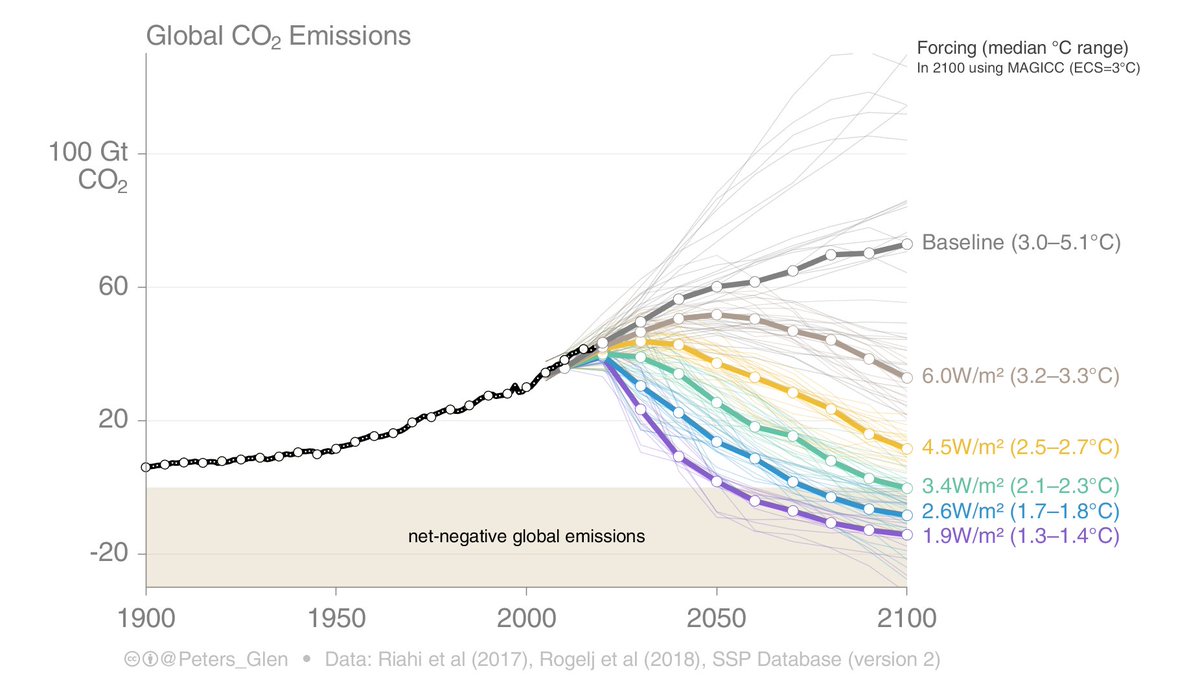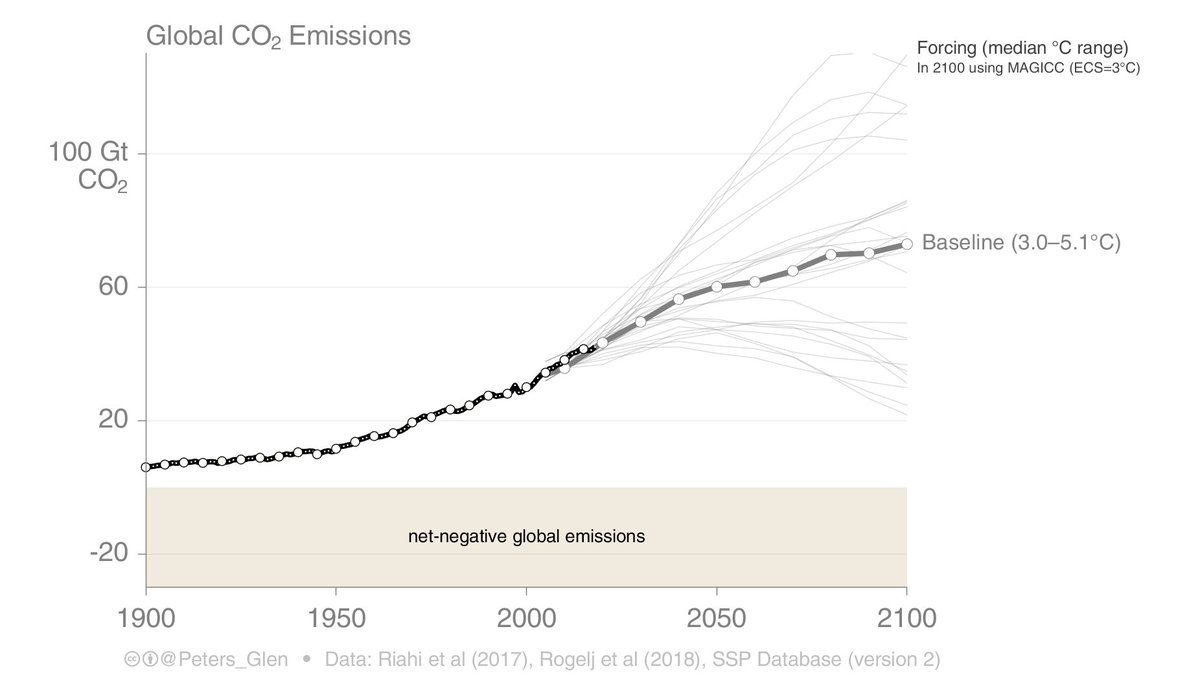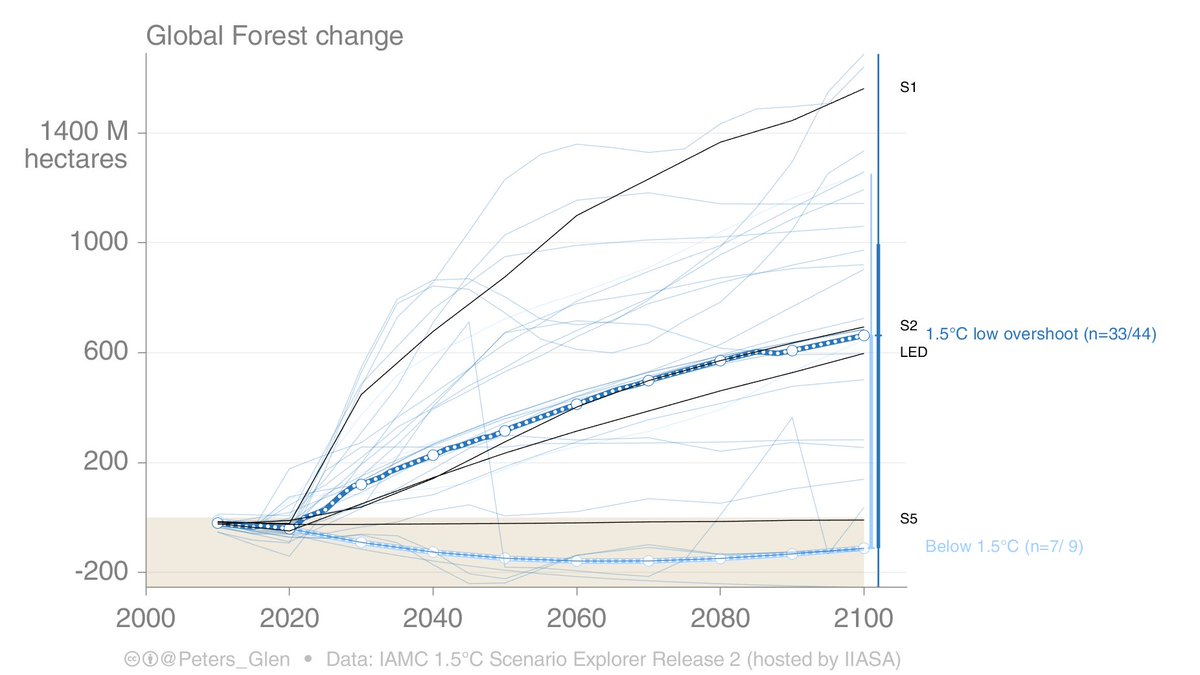
1. The @IEA is out with estimates of fossil energy CO₂ emissions for 2020:
* Primary energy down ~4%
* CO₂ emissions down 5.9% or 2GtCO₂
* Coal down 4%
* Oil down 8.6%
iea.org/articles/globa…
* Primary energy down ~4%
* CO₂ emissions down 5.9% or 2GtCO₂
* Coal down 4%
* Oil down 8.6%
iea.org/articles/globa…

2. Our latest estimate (from yesterday) is 4.9% down. The main difference is in oil. Our method may not have picked up the drop in international bunkers. Time will tell...

https://twitter.com/robbie_andrew/status/1366367207614201861

3. The drop in monthly CO₂ emissions was greatest in April during the first COVID19 wave.
CO₂ emissions recovered throughout the year to end higher than levels in 2019, despite 2nd & 3rd & ... waves of COVID19.
CO₂ emissions recovered throughout the year to end higher than levels in 2019, despite 2nd & 3rd & ... waves of COVID19.

4. The biggest emission drops were in transport, down ~14% compared to 2019 & accounting for over half the total drop in emissions.
Aviation down 45%, to levels last seen in 1999!
Aviation down 45%, to levels last seen in 1999!

5. CO₂ emissions in the power sector were already declining, with COVID19 accelerating the declines.
Power sector CO₂ emissions fell 3.3% in 2020, driven mainly by the accelerating expansion of renewables. This is great news moving forward.
Power sector CO₂ emissions fell 3.3% in 2020, driven mainly by the accelerating expansion of renewables. This is great news moving forward.

6. CO₂ emissions went down in all major economies, except China. Growth rates were much lower than recent trends, except China (& small differences in Japan & Brazil).
Rich nations generally had bigger relative declines in emissions.
Rich nations generally had bigger relative declines in emissions.

7. China is the real outlier.
CO₂ emissions dropped 12% by February, but since April emissions were 5% above the levels in 2019.
India & Brazil both had emissions at the end of 2020 back to 2019 levels.
CO₂ emissions dropped 12% by February, but since April emissions were 5% above the levels in 2019.
India & Brazil both had emissions at the end of 2020 back to 2019 levels.

8. All the data points to a rebound in 2021. Global monthly emissions were back to 2019 levels in December.
The sustainable recovery has not happened. It is a question if the growth in 2021 will surpass the declines of 2020.
The sustainable recovery has not happened. It is a question if the growth in 2021 will surpass the declines of 2020.

9. Based on IMF GDP data (5% growth), a crude estimate is that CO₂ emissions will grow 3% in 2021 based on the 10 year trend in CO₂/GDP.
If CO₂/GDP remains flat (as in 2010), then CO₂ emissions would rebound 5%.

If CO₂/GDP remains flat (as in 2010), then CO₂ emissions would rebound 5%.
https://twitter.com/Peters_Glen/status/1354345760654024704

10. There is a distinct chance that 2021 could fully recover the drops in 2020.
It is early March, & lots could happen in 2021, & governments have many choices to avoid a full rebound in emissions.
[New @NatureClimate Commentary coming tomorrow!]
/end
It is early March, & lots could happen in 2021, & governments have many choices to avoid a full rebound in emissions.
[New @NatureClimate Commentary coming tomorrow!]
/end
• • •
Missing some Tweet in this thread? You can try to
force a refresh













